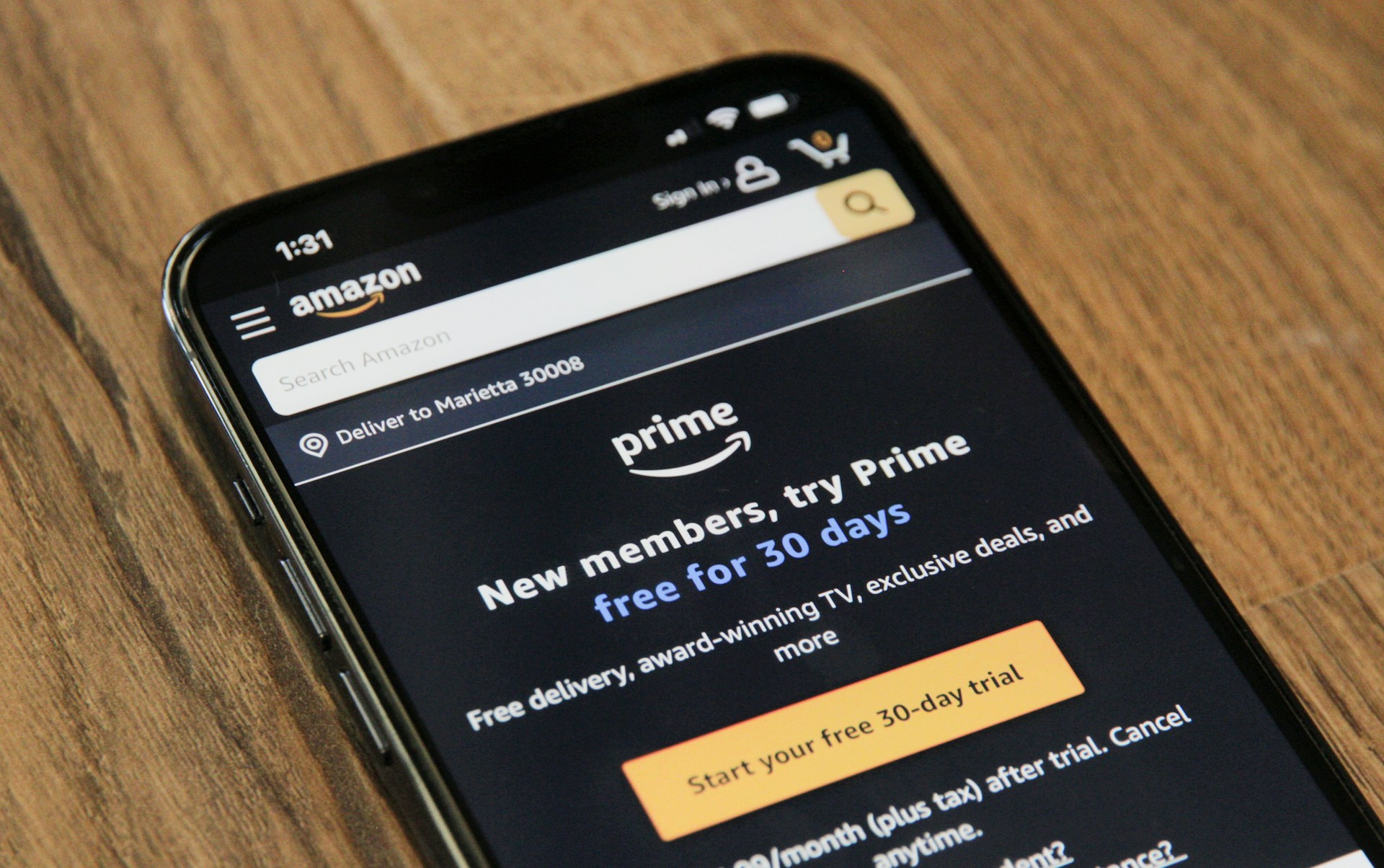As global trade tensions continue to evolve, the term Amazon tariffs is popping up more frequently in the eCommerce world. Whether you’re a seasoned Amazon seller or a savvy online shopper, understanding how tariffs affect product pricing, supply chains, and seller profits in 2025 is more important than ever.
In this comprehensive, easy-to-read guide, we’ll break down what Amazon tariffs are, how they work, who they affect, and what trends are shaping the marketplace right now. You’ll also get actionable tips on how to navigate the ever-changing world of international trade and online retail.
What Are Amazon Tariffs?
Amazon tariffs refer to import taxes or duties imposed on goods sold on Amazon that are manufactured outside the United States. These tariffs are typically part of broader trade policies enacted by governments — most notably the U.S. — in response to international economic relations.
When these tariffs are implemented, they increase the cost of imported goods. This cost is often passed down the chain — from manufacturer to supplier, from supplier to Amazon seller, and ultimately, to the customer.
Common Types of Tariffs:
- Ad valorem tariffs – a percentage of the product’s value
- Specific tariffs – a set fee per unit or per weight
- Retaliatory tariffs – taxes placed in response to foreign tariffs
How Amazon Tariffs Affect Sellers
For third-party sellers on Amazon, especially those importing products from countries like China, India, or Vietnam, tariffs can significantly impact profit margins.
Key Impacts on Sellers:
- Higher Product Costs – Increased tariffs mean it costs more to bring products into the U.S.
- Reduced Competitiveness – Domestic products or those from tariff-free countries may become cheaper alternatives.
- Inventory Planning Challenges – Sellers may need to hold larger inventories to avoid future price hikes.
- Uncertainty in Pricing – Constant tariff changes can force sellers to adjust prices frequently.
Some sellers have responded by raising prices, changing suppliers, or shifting fulfillment to different countries.
Amazon’s Response to Tariff Changes
Amazon itself is largely a platform and not the importer of record for most third-party sellers. However, it has taken several steps to mitigate the impact of tariffs:
- Encouraging FBA (Fulfillment by Amazon) sellers to diversify supply chains.
- Offering tools to analyze sourcing costs and landed costs.
- Providing updated guidance during major trade shifts or global events.
In 2025, Amazon has been increasingly transparent about tariff-related issues, offering real-time cost estimation tools for global sellers.
Tariffs and the Buyer Experience
You might wonder — if you’re just a customer, do Amazon tariffs affect you? The answer is yes.
Here’s how:
- Higher Prices: Many consumer goods, especially electronics, toys, and household items, have seen price increases tied to tariffs.
- Limited Availability: Sellers may stop offering tariff-heavy items, reducing selection.
- Slower Delivery Times: Customs delays and shifts in supply chains can increase delivery times.
While Prime shipping remains fast for most goods, global logistical issues sometimes mean out-of-stock notices or delayed imports.
Real-World Example: U.S.-China Tariffs
A real-world illustration of Amazon tariffs in action comes from the ongoing U.S.-China trade relationship.
Between 2018 and 2020, billions of dollars’ worth of Chinese imports were hit with tariffs ranging from 10% to 25%. Many Amazon sellers importing products such as electronics, pet supplies, and home decor saw their costs skyrocket.
In 2025, while some tariffs have eased, new ones have emerged — especially in categories like solar panels, electric scooters, and surveillance equipment. Sellers in these niches must now navigate complex compliance and import duty structures.
Trending in 2025: What’s New with Amazon Tariffs?
Several new trends are shaping the Amazon tariffs landscape in 2025:
1. Green Tariffs
The U.S. and EU are introducing carbon border taxes — tariffs based on the environmental footprint of a product. Products from countries with loose environmental regulations may be taxed higher.
2. Re-shoring and Near-shoring
To avoid tariffs and reduce shipping times, Amazon sellers are shifting manufacturing to Mexico, Canada, and even the U.S. This trend helps mitigate tariff exposure but may increase base manufacturing costs.
3. Digital Customs Technology
New customs tech enables real-time tariff calculation and classification. Amazon’s logistics partners are rolling out AI-powered tools to predict tariffs before sellers even ship goods.
4. Increased Regulatory Oversight
Customs and border protection agencies have increased scrutiny of imported goods, especially from high-tariff regions. Compliance with labeling, origin disclosure, and safety regulations is tighter than ever.
How Sellers Can Minimize Tariff Impact
If you’re an Amazon seller, here’s how you can protect your profits in the face of increasing Amazon tariffs:
1. Re-evaluate Your Supply Chain
- Source from countries with free trade agreements (e.g., Mexico, Vietnam)
- Consider U.S.-based or local suppliers to reduce duty risk
2. Use Fulfillment Centers Strategically
- Ship to fulfillment centers closer to your market to cut costs
- Take advantage of Amazon Global Logistics for efficient import processing
3. Automate Tariff Calculations
- Use Amazon’s “Landed Cost Calculator” or third-party apps to calculate final costs
- Integrate HS codes and product classification tools
4. Adjust Pricing Intelligently
- Consider bundling products to spread out tariff costs
- Offer premium versions with added value instead of cutting quality
How Buyers Can Get the Best Deals Despite Tariffs
Even if you’re not a seller, you can still shop smart despite rising Amazon tariffs:
- Compare prices across similar products or sellers
- Check for domestic sellers to avoid import-related costs
- Use price trackers like CamelCamelCamel or Honey
- Shop during sales events (Prime Day, Black Friday) to absorb tariff impacts
Conclusion: Navigating Amazon Tariffs in 2025
Amazon tariffs are a complex but increasingly relevant part of today’s global eCommerce landscape. For sellers, it means staying informed, being flexible, and constantly reviewing suppliers and pricing strategies. For buyers, it’s about recognizing the factors behind price changes and finding smart ways to save.
As trade policies evolve and new technologies emerge, the businesses that adapt quickly will be the ones that succeed. Whether you’re selling phone accessories or buying pet toys, tariffs are something you can’t ignore.
Stay aware, stay agile, and you’ll be well-positioned to thrive on Amazon — even in the face of global change.












